Table of Contents:
There's no better way to teach children that sweet flavors can come from the garden, instead of from plastic cones full of chemical junk. Homegrown strawberries are often much tastier than those from the supermarket; the advantage is that you can enjoy fresh, delicious strawberries from your own garden. By growing your own strawberries, you can offer your children or grandchildren a healthy snack. Children, by the way, love helping you with this. With a little common sense, you and your family can enjoy sweets from the garden from June to October. In winter and spring, you can eat jam made from your strawberries. Personally, I don't know anyone who doesn't like strawberries. In short, strawberries in the garden are always a good idea. Enjoy the growing process and the smiles on your faces as they burst open into many mouths.

These are my favorite strawberry plants . By planting different varieties, you spread out the harvest.

My children love helping with strawberry growing. The joy of growing, caring for, and harvesting your strawberries together makes it a fun family activity. The youngest easily eats 250 grams a day. So, it's up to me to have a constant supply of strawberries in my vegetable garden. From the end of April
Tip or method 1: Choose the type of strawberries you want to grow
Growing Strawberries - There are two main types of strawberries you can grow: single-bearing and everbearing . Within these types, there are many different cultivars, each with their own advantages, such as harvest time, flavor, or size. Check the specifications carefully to determine which variety you have. This will influence the timing and spacing of your plants. Single-bearing strawberries stop producing fruit after 2-3 weeks in the summer, while everbearing varieties continue into the fall.
Examples of varieties include the mid-early variety 'Sonata,' which can be harvested from midsummer to early autumn, and other varieties, each with their own specific advantages. Early strawberry varieties include Honoye and Elvira, while Hapil and Sonata are mid-early varieties.
Growing everbearing strawberries
This variety is the most popular because it produces fruit five years in a row, throughout the entire season. This makes it ideal for a continuous strawberry harvest. Good perpetual varieties include Ostara and Selva. The easiest way to grow perpetual strawberries is to buy young plants instead of sowing; this way, you get quick results and the process is simple, even for beginners.
Growing single-bearing strawberries
This plant will give you plenty of strawberries over a period of 3 to 4 weeks, usually between June and early August. Ideal for the summer holidays.
The best-known single-bearing varieties are: Verdi, Allegro, Falco, Cadenza and Elsanta
Growing wild strawberries
The wild strawberry is a very small type of strawberry and is also everbearing, returning every year. Even though the fruits are small, they are packed with flavor and very sweet. Wild strawberries often produce small, tasty fruits well into the season, from late July to October. These are the ideal strawberries for making jam. You can easily grow this variety in containers or pots or use it as edible groundcover.
Where can you find strawberry plants?
In our online store, you'll find strawberry plants , including single-bearers, everbearers, and wild strawberries. You can easily plant them directly in your garden or in pots. Pay close attention to the type you buy; it can be a good idea to plant several varieties to spread out your harvest. Buy your plants when you plan to transplant them. If you leave them in their pots for too long, the roots can suffocate each other, preventing the plants from growing vigorously. In our online store, we offer seasonal strawberry plants of excellent quality.
Strawberry plants in a pot
Strawberry plants in a pot are young plants that have already established roots and are ready to be planted out immediately. They're ideal for those who want quick results and don't have the patience to start from seeds or cuttings. You can plant them in early spring in pots, containers, or in the ground. Because they're already actively growing when you buy them, they usually flower within a few weeks , ensuring an early and reliable harvest. Perfect for a balcony, patio, or raised garden.
What are strawberry fridge plants?
Frigo plants are strawberry plants that are stored in a cold room (usually around 0°C) over the winter , allowing them to remain dormant. These plants are only planted out in spring or summer and "wake up" once they're in the warm ground. As a result, they develop incredibly quickly and often produce strawberries within 6 to 8 weeks. Frigo plants are ideal if you want to harvest strawberries early, in large quantities, and quickly . They are popular with both professional growers and amateur gardeners. They are also easier to ship and less expensive.

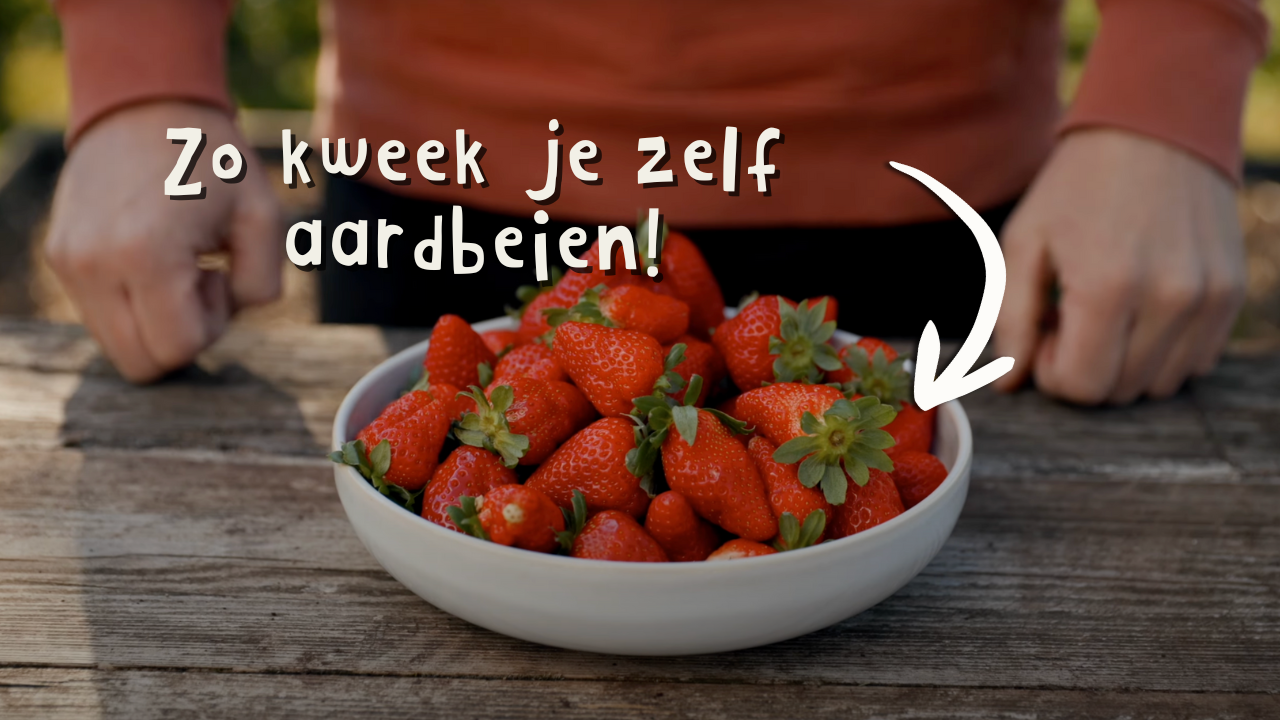

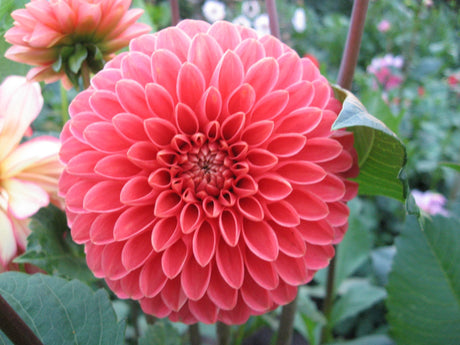
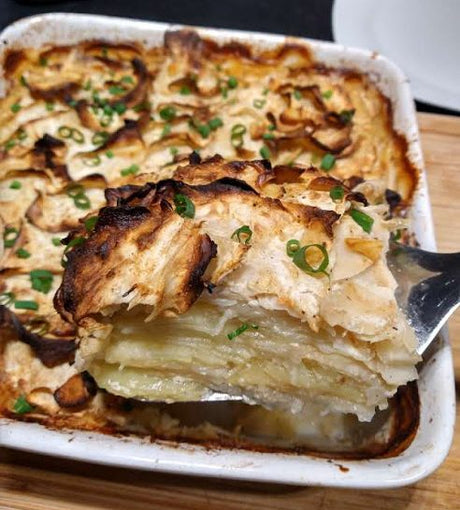

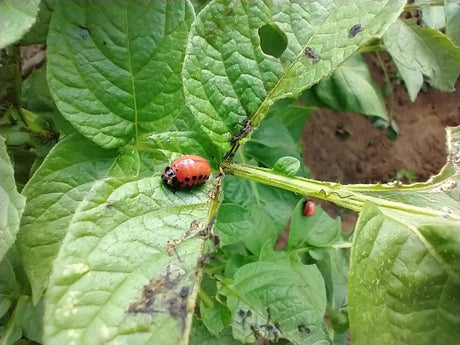

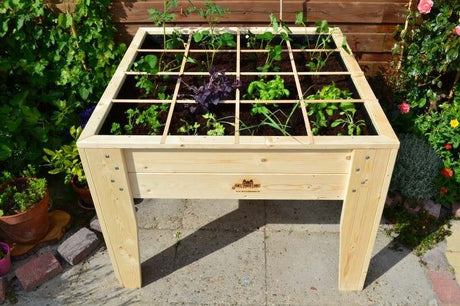
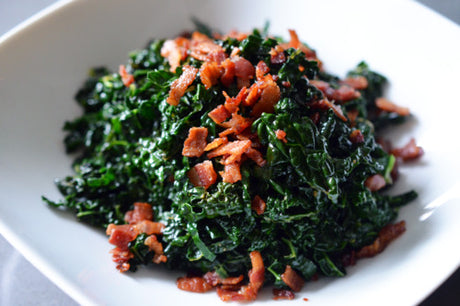
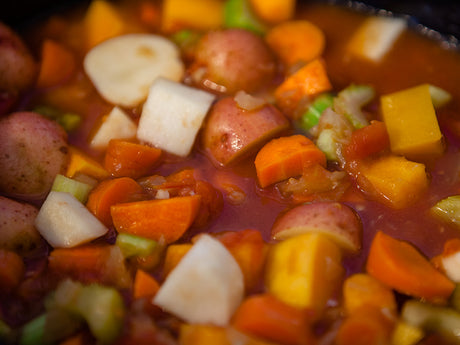
1 comment
Hallo,
Ik heb na het lezen van jullie blog vorig jaar aardbeien geplant in Bato bakken in een rek met twee verdiepingen. Daarover ligt een net ter bescherming tegen de vogels maar die pikken er gewoon dwars doorheen. Dat komt omdat het net natuurlijk net over de aarbeiplanten ligt zonder dat er nog wat extra ruimte is tussen het net en de plantjes maar ik weet niet goed hoe ik dit beter moet doen. Hebben jullie daar nog tips voor?
Groeten,
Barbara